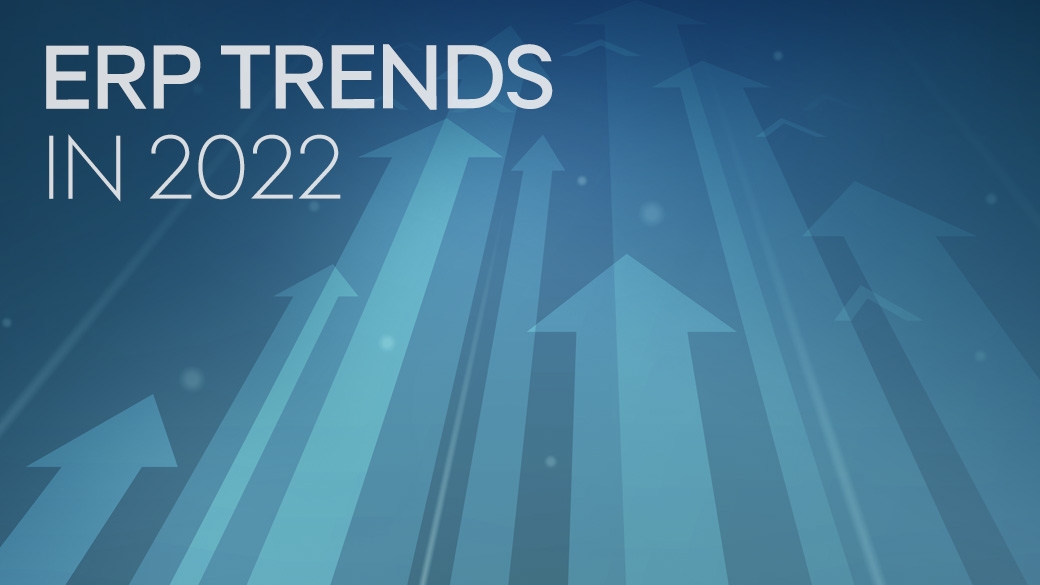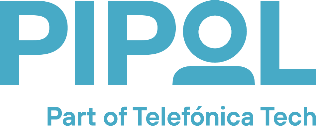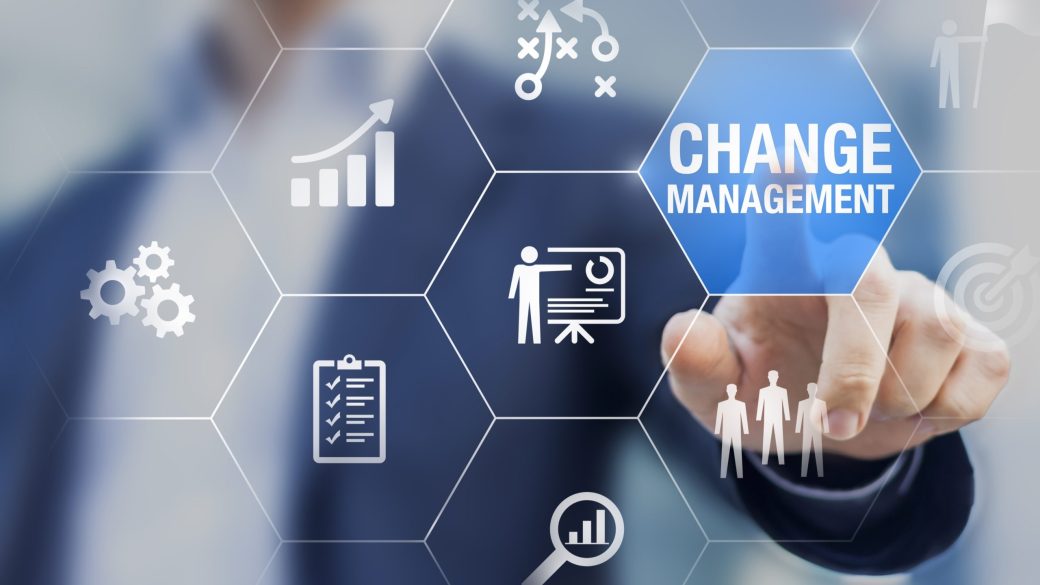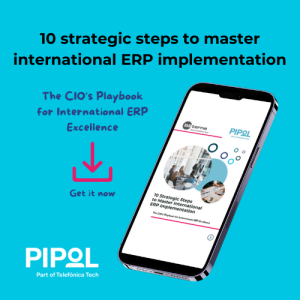ERP trends in 2022

In recent years, the market for ERP solutions has grown rapidly—adoption is increasing, and exciting innovations are happening. Below we share the top ERP trends 2022 we believe will shape the future of business over the next three to five years. Some of these have been developing over the past few years, while others are only starting to emerge. For organizations looking to stay ahead of the competition, these trends should be analyzed and used to define long-term roadmaps for business growth.
It’s not all about the cloud
When cloud computing first emerged, it opened a whole new world of ERP and today, organizations still using on-premise ERP are starting to feel left behind. On-premise ERP requires expensive hardware as well as start-up, maintenance, and upgrade costs. On the other hand, cloud ERP offers a more open, flexible, and scalable solution and is becoming more popular, especially for small and medium-sized international organizations.
Cloud solutions are entirely managed by providers, making them more sustainable, and easier and more cost-efficient to adopt. They are also modular-based and with SaaS ERP solutions, organizations only need to pay for the modules they use, allowing them to have tighter control of their budget. There are of course various choices of deployment models and selecting the most suitable model depends on many factors. Recently, we’ve also seen an increase in demand for hybrid (combining on-premise and cloud) ERP solutions. This approach is ideal for organizations that have an established on-premise ERP solution as it allows them to add newer cloud solutions and functionality without changing their current system.
On-the-go access
Today, ERP solutions are no longer designed to be tied to a single machine and mobile support is considered basic functionality of ERP solutions. Mobile ERP applications also became hugely popular during the global lockdown. This functionality allows employees to work outside of regular working hours to perform business operations anytime and anywhere – ideal for international organizations. And there’s no need to return to the office to finalize the deal – employees can capture real-time data straight from the field. Mobile access ensures accessibility for everyone in the organization. It can accelerate business processes, increase productivity, and save time, effort, and costs. With improved communication it allows for quick decision-making, better workflow, and enhanced efficiency. For instance, it’s possible to know in real-time if materials are delayed so the manufacturing process can be immediately stopped.
Headless architecture
A new software development concept, headless architecture separates the presentation layer (user interfaces) of an application from the backend business logic and services. The backend solution can then be adapted to any interface allowing you to simplify complex operations and tailor user experiences with personalized interfaces for each end-user. This development concept offers great flexibility and agility. And, it’s easy to add new business functionalities to the backend and integrate them with standard UI.
IoT and ERP working together in harmony
Internet of Things (IoT) technology (or direct machine integration) allows you to embed computing devices in other, non-computer-based objects so they can transfer data to other interrelated pieces of technology, without needing any human interaction. When IoT is integrated with ERP, the benefits are clear. It’s possible to gather, store, and process large amounts of data gathered from sensors allowing you to analyze key metrics and uncover more about the device’s capabilities. For example, within the manufacturing industry, production processes can be monitored based on the device’s real-time performance.
Today, organizations are demanding more advanced asset management capabilities, real-time insights, and improved forecasting and interoperability. Because of this and the continuing expansion of 5G, we predict accelerated IoT adoption in the coming years. 5G technology will enable the low latency and hyper connectivity needed by IoT solutions. This will allow for the development of more IoT services which previously would have been too costly or difficult to implement.
2-Tier or not 2-Tier?
In 2022, we see a greater move towards two-tier ERP solutions. This approach is often adopted by international organizations based in multi-locations or with several subsidiaries. It basically uses two systems and enables better master data management where everyone in the organization works from a single source of data. At the corporate level, Tier one runs the legacy solution, while Tier 2 is managed by the subsidiaries. Subsidiaries can enjoy more control, flexibility, and agility. And, it gives them the freedom to customize their solution based on their specific needs such as regional and language requirements, while at the same time remaining connected with the Tier 1 system. Plus, because Tier 2 systems are less expensive, this approach can offer many cost-savings.
AI-driven ERP with built-in intelligence
Today organizations need to deal with huge volumes of data, and the data itself is also increasingly complex. Most ERP solutions are great at collecting data from internal and external sources but oftentimes don’t provide the analytics needed to analyse the data and derive insights into the organization’s performance. In 2022, we expect Artificial Intelligence (AI) and intelligent ERP innovations to be major trends in ERP development. AI technologies, such as machine learning, are helping international organizations process data so it can quickly be transformed into actionable insights to help with smarter decision-making. With iERP or ERP with intelligence tech integration organizations can benefit from automation and intelligent data processing for improved productivity, efficiency, and profits. iERP solutions can automate hours’ worth of routine processes and free up employees so they can focus on more value-building activities. Additionally, they can be used to create workflows, reduce errors, and minimize data loading time, while also offering ways to analyze historical data and more easily identify process improvements.
Greater flexibility to pick and choose
Overall, ERP systems are moving away from silo structures, and customers are now asking for deeper functionality for specific industries. They also want ways to work in parallel—the ability to accelerate digital transformation of their ERP core solution while at the same time upgrade the on-premises back-end. This allows organizations to deliver better user experiences without having to upgrade the entire system. We predict that multi-tenant SaaS ERP vendors with open cloud architectures and focus on industry verticals will thrive in 2022.
Want to know more?
At Pipol, we understand the importance of keeping up to date on these industry trends so we can determine which ones are having the biggest impact on our international clients. That’s why we do our best to stay up to date to keep you updated about all the latest innovations in future trends in ERP systems.
You can read more about International ERP Implementation here.





